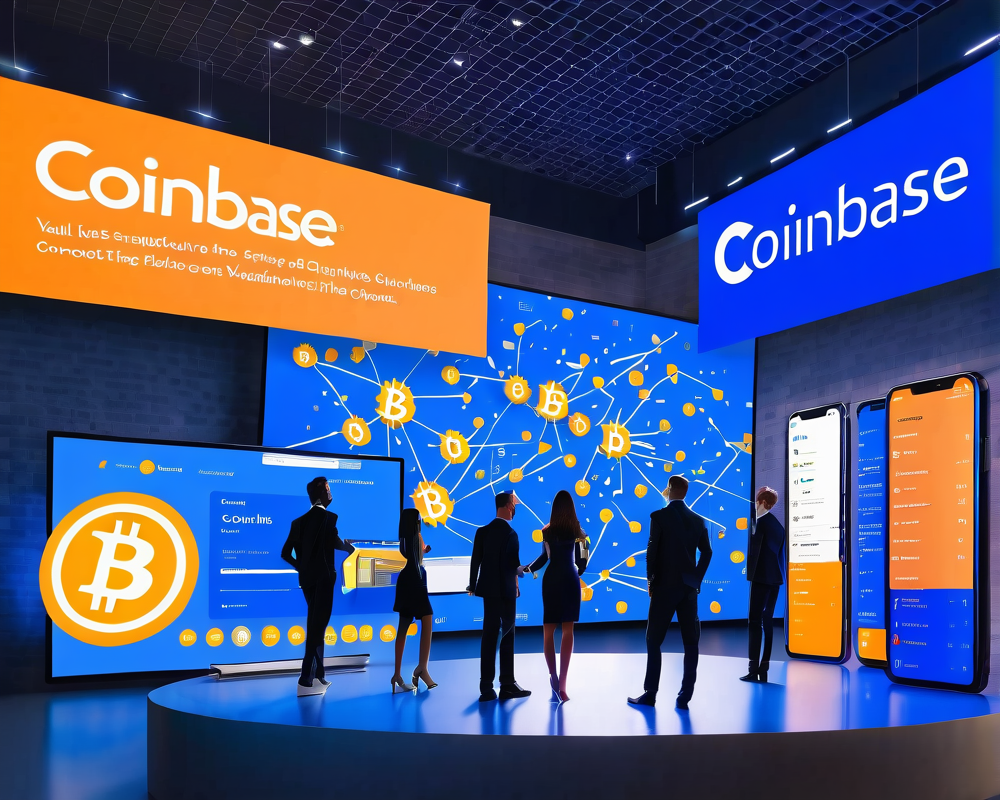Understanding DeepSEA: A New Era in Programming
CertiK has recently released a demo and language reference manual for its innovative smart contract programming language, DeepSEA. If you’re wondering what makes this language so special, it all starts with its roots. Originally crafted in the research lab of Professor Zhong Shao at Yale, DeepSEA has evolved from a focus on system software to an essential tool for the formal verification and auditing of smart contracts in the complex world of blockchain.
Funding and Partnership: Building a Solid Foundation
Thanks to substantial backing from heavyweights like Binance Labs and the Ethereum Foundation, CertiK has positioned itself as a pioneer in blockchain security. The smart contract ecosystem is fraught with dangers, and ensuring safety is not just a priority; it’s a necessity. CertiK’s partnerships, notably with South Korean exchange Coinone for audit services, showcase a proactive approach to combat code vulnerabilities.
The Need for Robust Security Measures
Simply put, the stakes are high in smart contracts. Their self-executing nature can lead to dire consequences if vulnerabilities slip through the cracks. DeepSEA aims to tackle this with mathematical proofs that enable formal verification—essentially ensuring that the code adheres to specified requirements. This is important because, as Professor Gu has pointed out, existing languages like Solidity often fall short in providing the safety net developers need.
DeepSEA vs. Other Languages: A Comparative Analysis
When pitted against popular languages like Solidity and Facebook’s Move, DeepSEA claims a significant edge. The developers suggest that their language not only enhances security but is also tailored for smart contract functionality. For instance, while Solidity might be suitable for a wide range of functionalities, its lack of rigorous formal verification makes it prone to bugs and exploits. With DeepSEA, developers can feel more confident that their blockchain infrastructure is “bug-free and hacker-resistant.”
Looking Ahead: Integration with CertiK Chain
As we prepare for the CertiK Chain Mainnet 1.0 launch in spring 2020, the excitement is palpable. This fully interoperable mainnet with Ethereum and the Cosmos network is designed for diverse applications, from decentralized finance to staking. The integration of DeepSEA with this platform is expected to take security a notch higher, allowing existing Solidity contracts to function seamlessly on a more secured chain.
Conclusion: The Future is Secure
In a world where blockchain vulnerabilities can risk millions, DeepSEA seems poised to redefine the standards of smart contract programming. With its robust design for formal verification and the support of industry giants, it provides a glimmer of hope for achieving greater security in blockchain technology.




